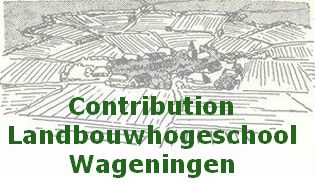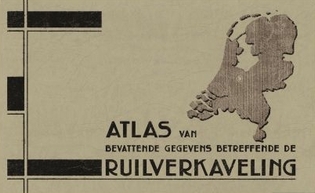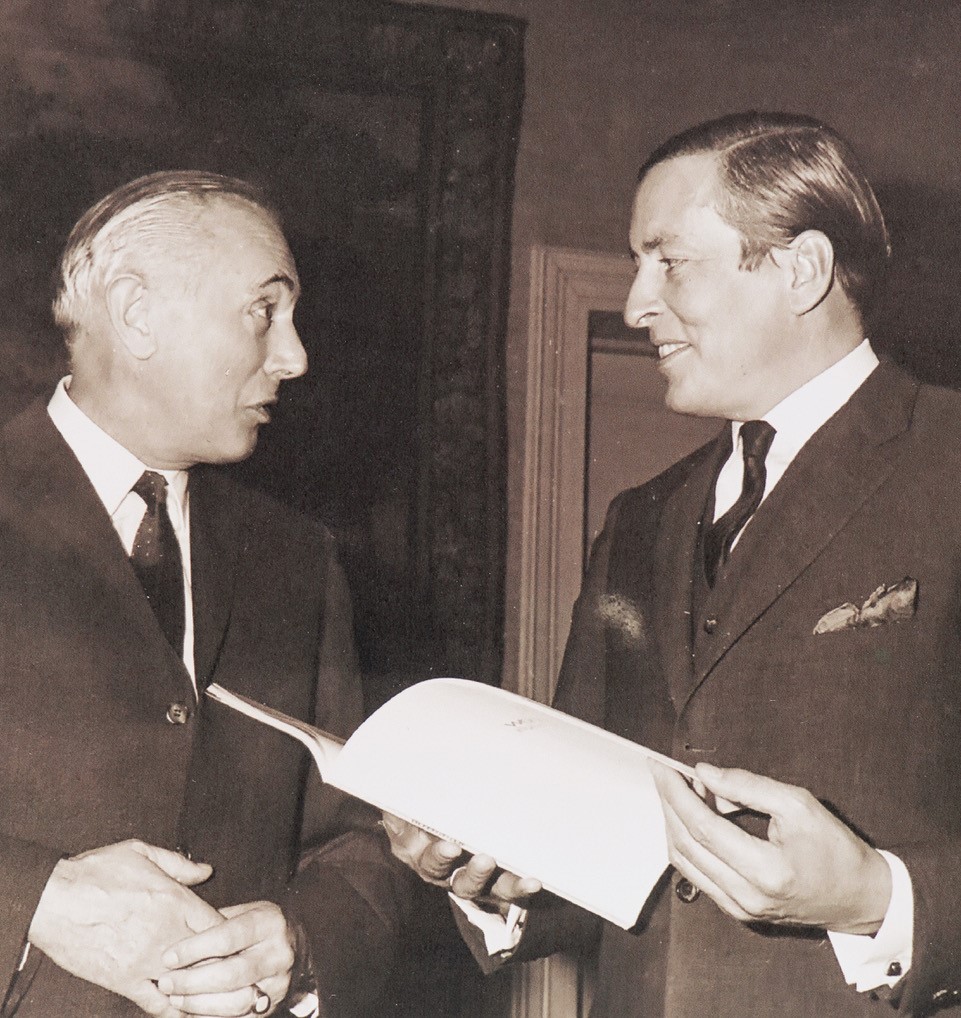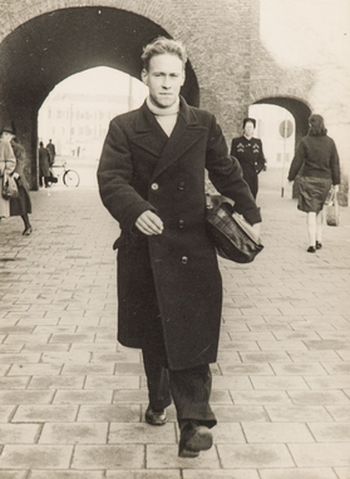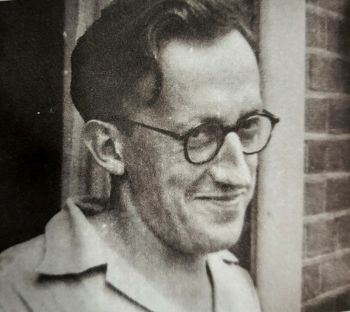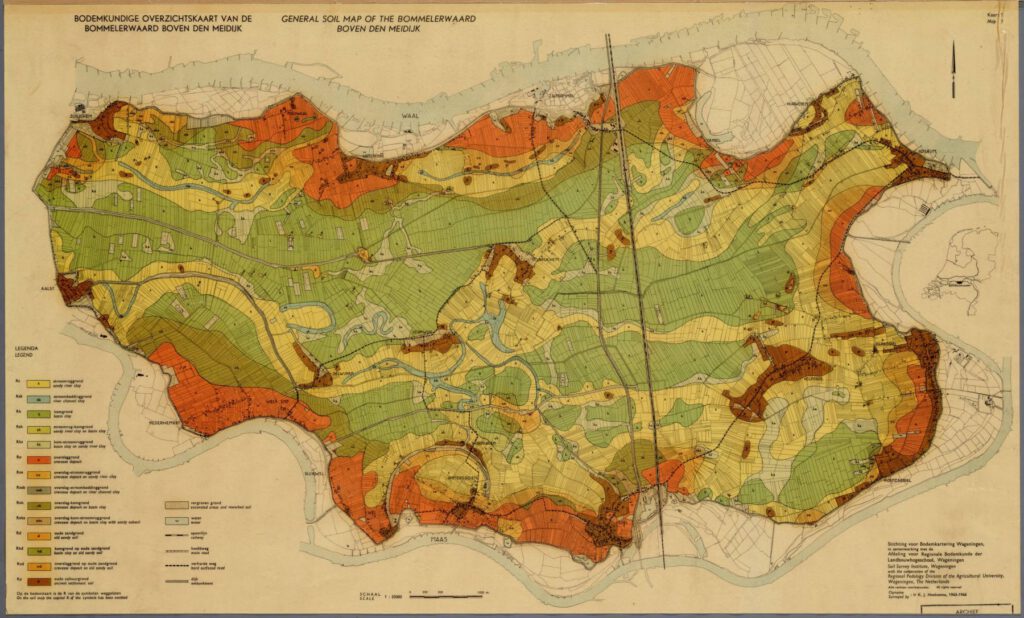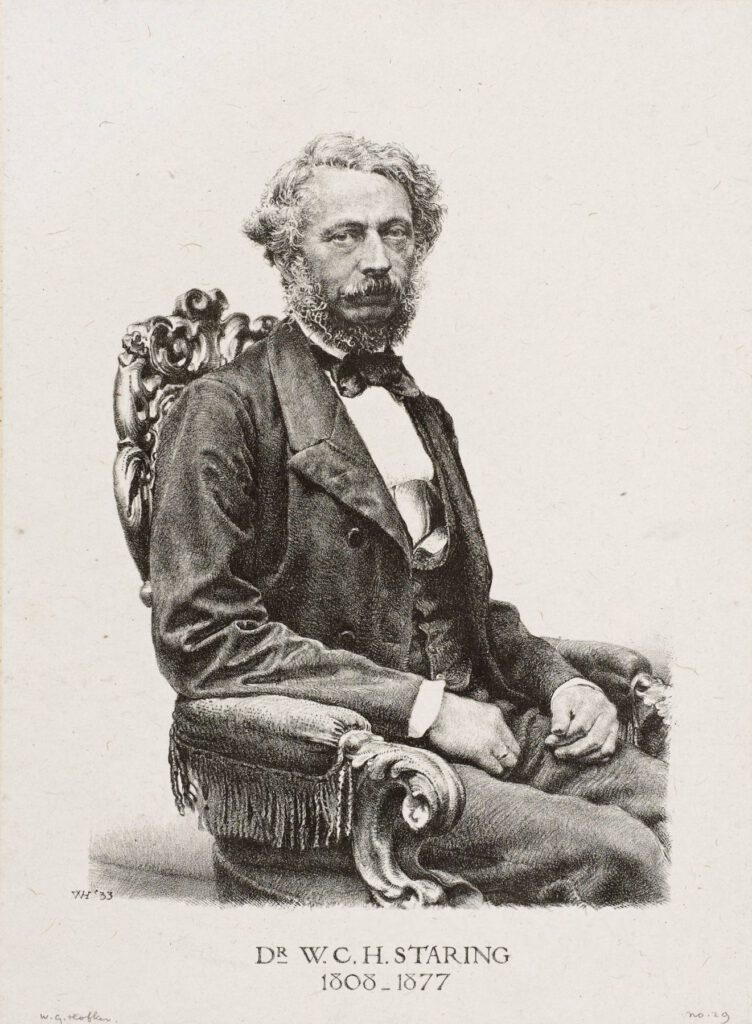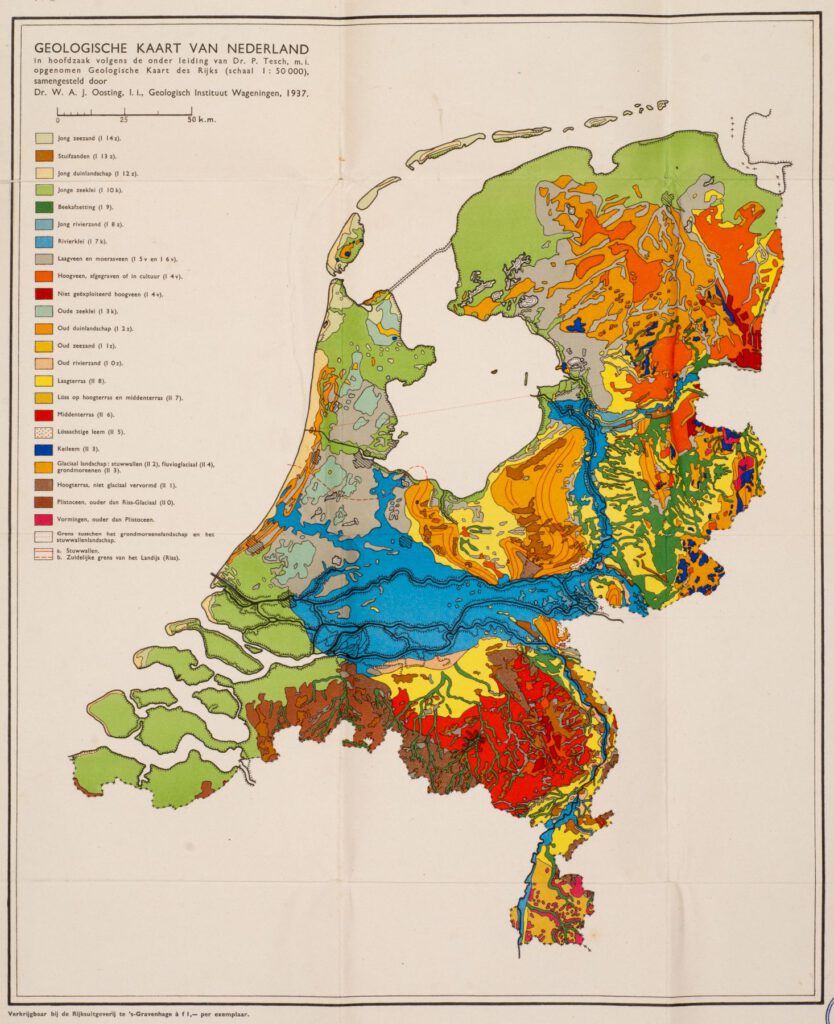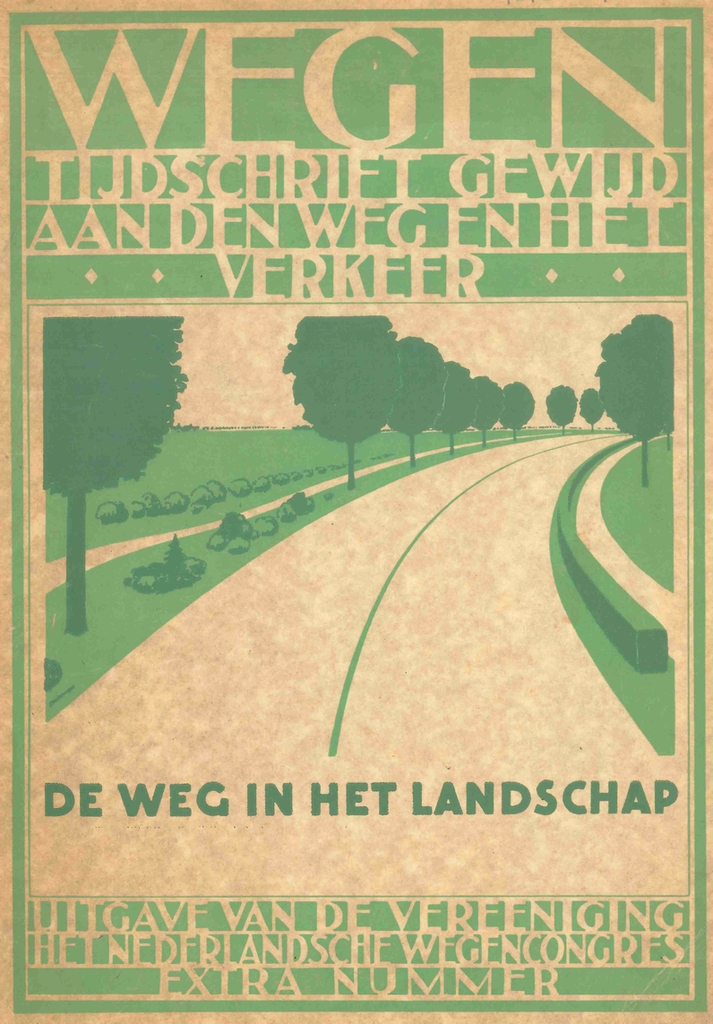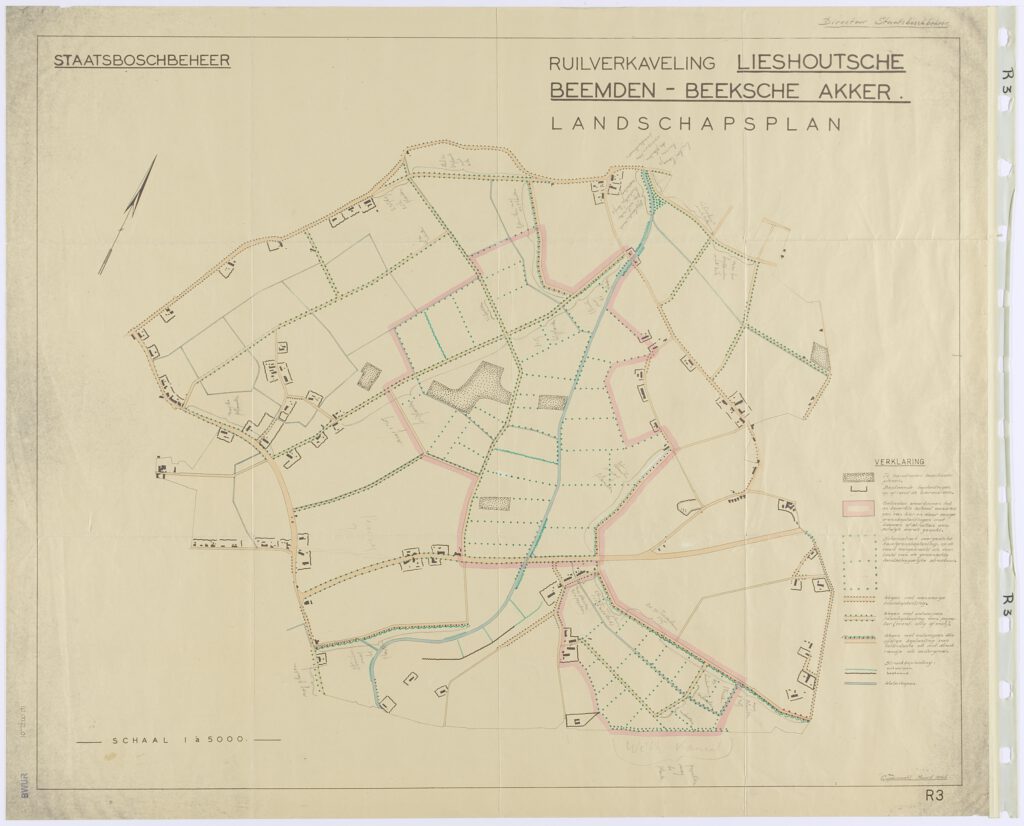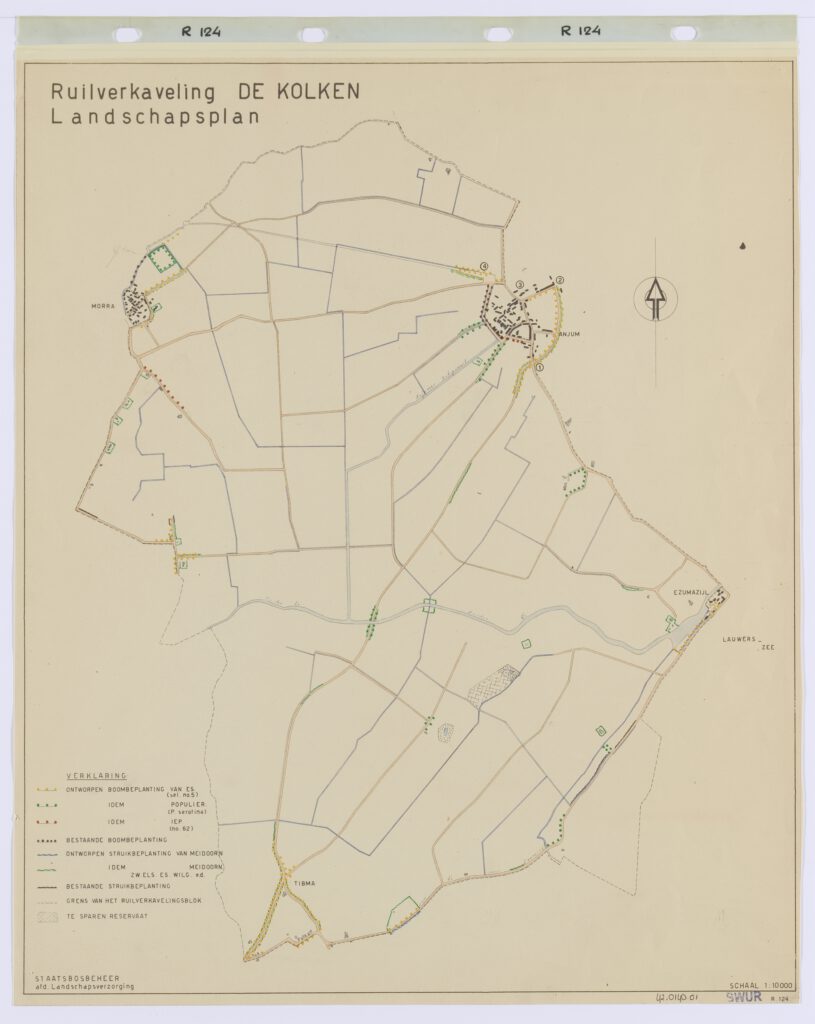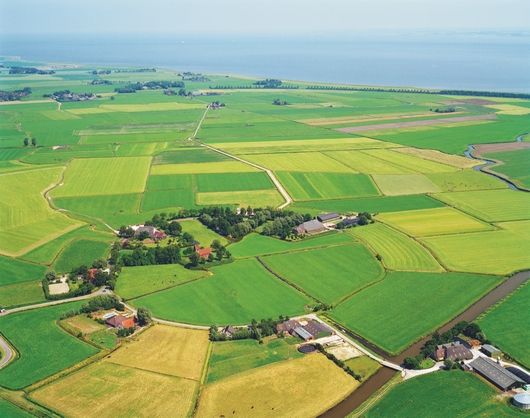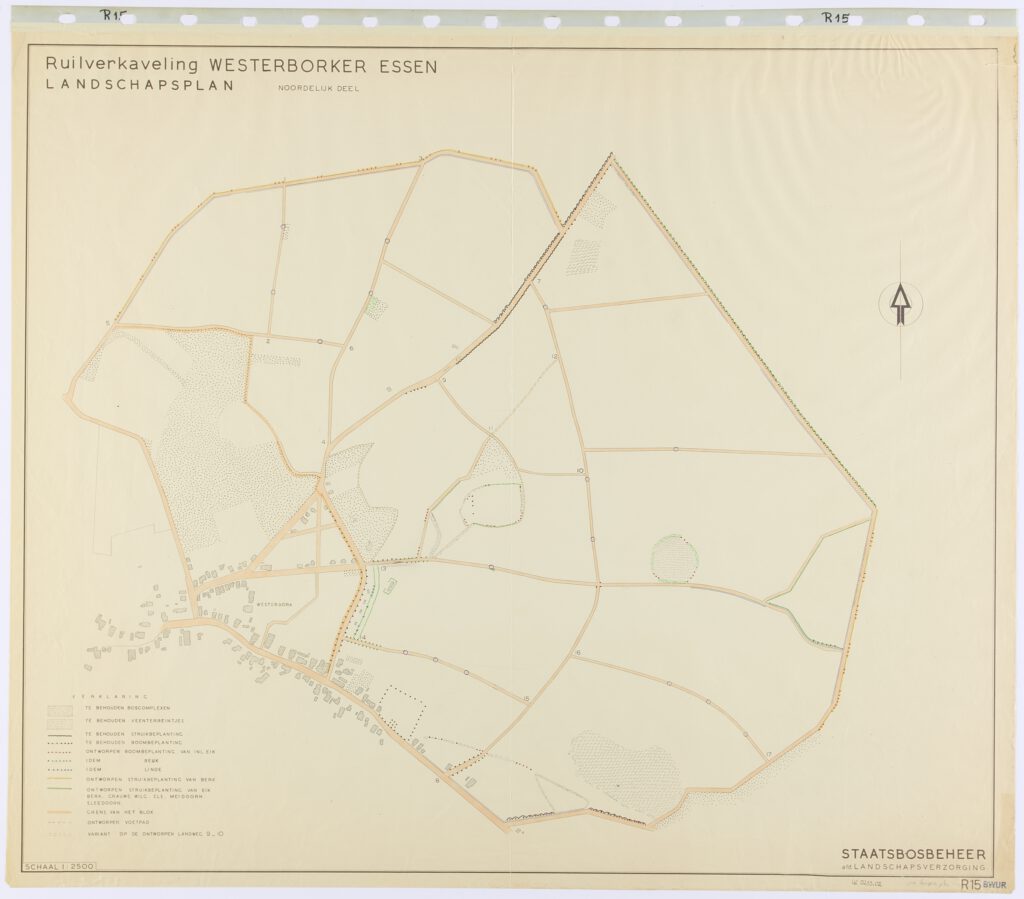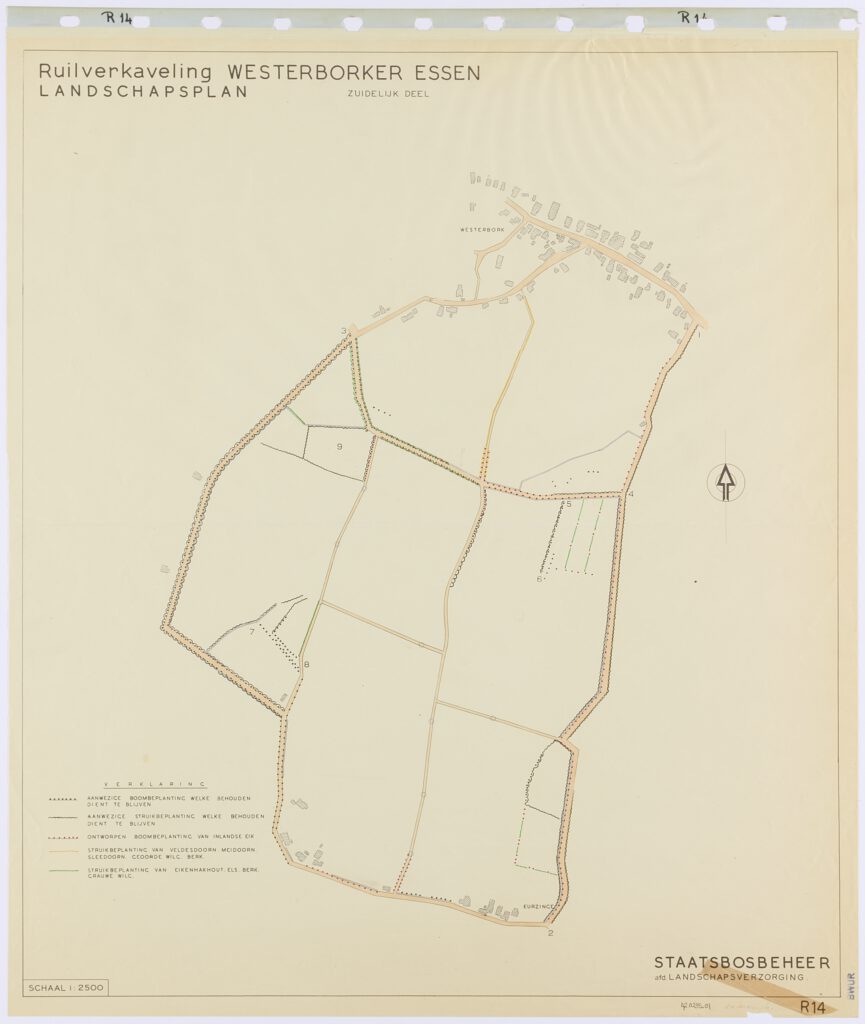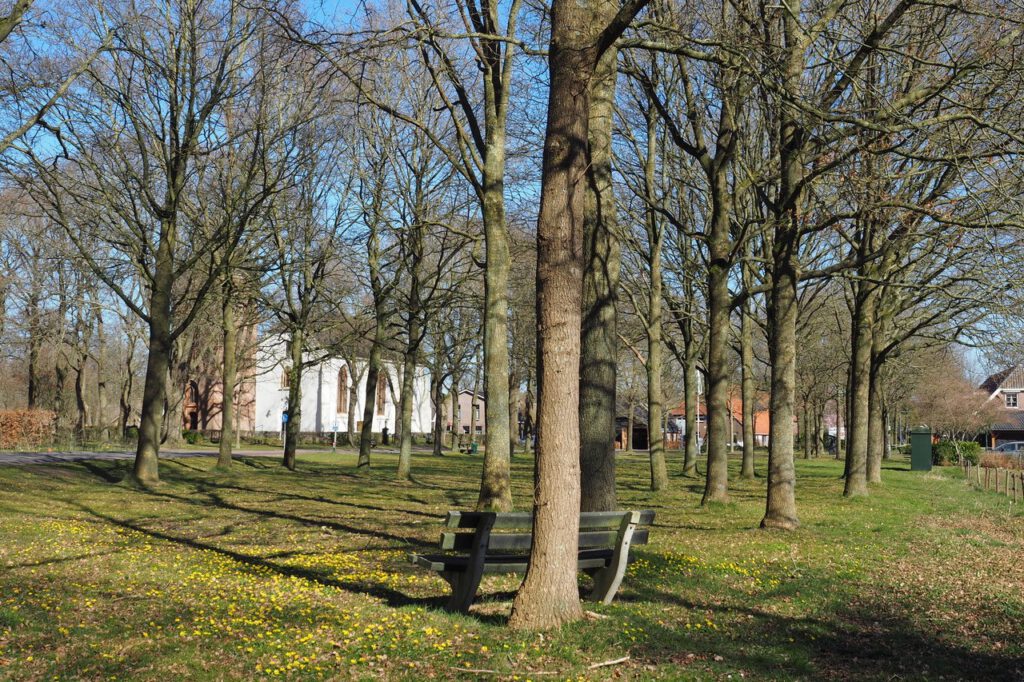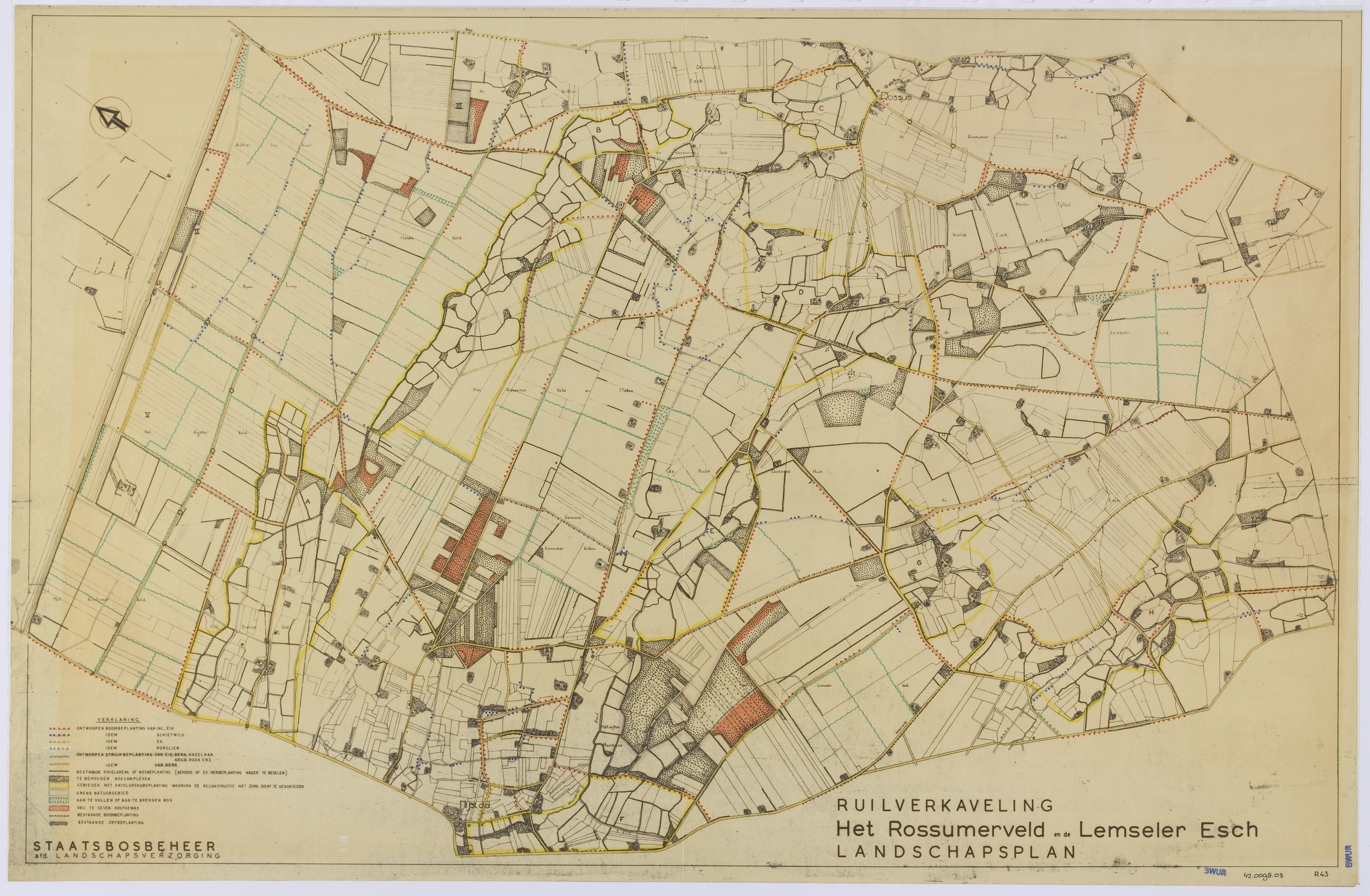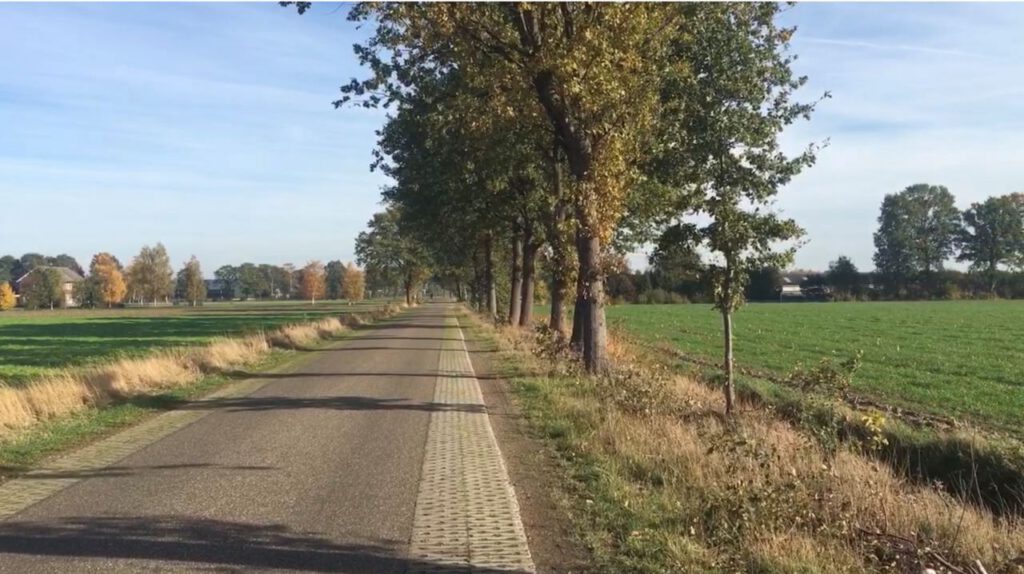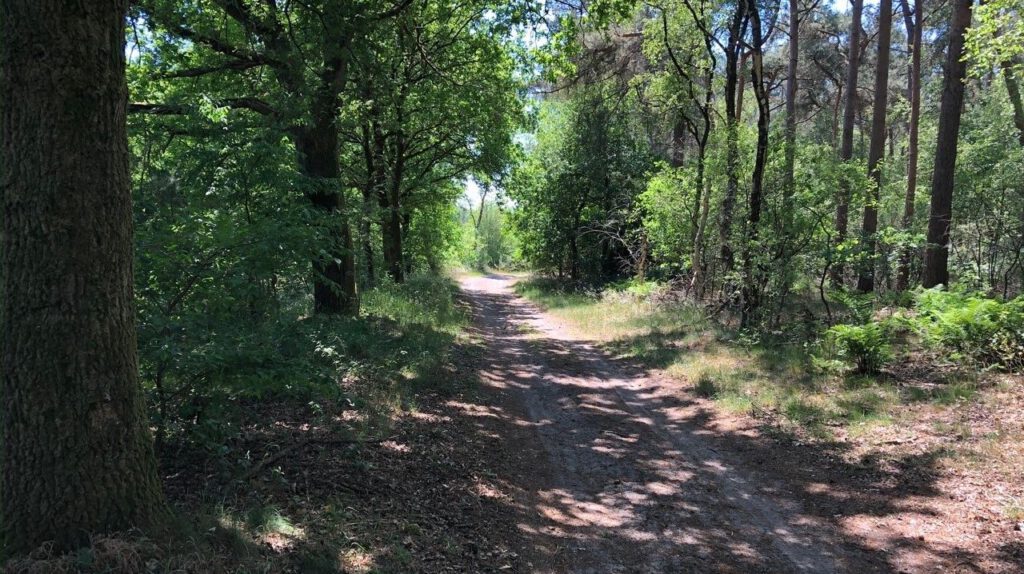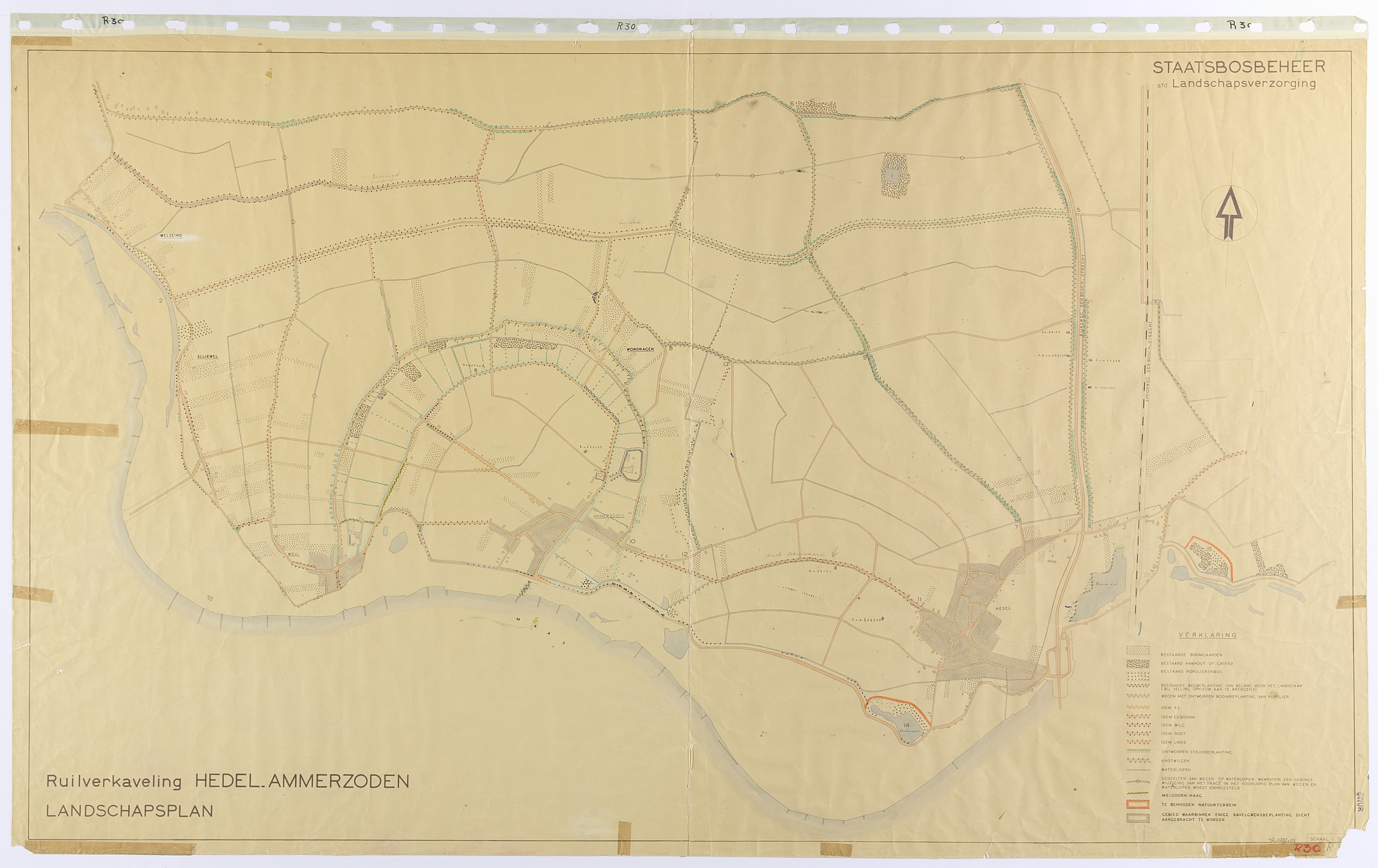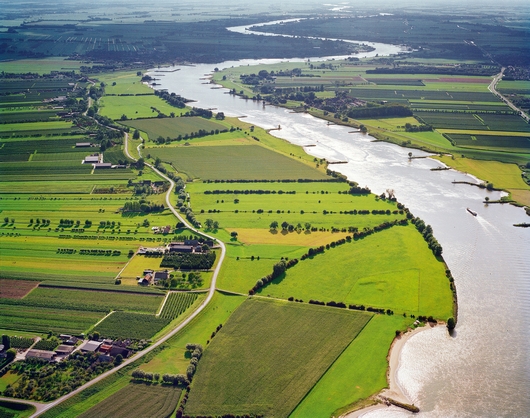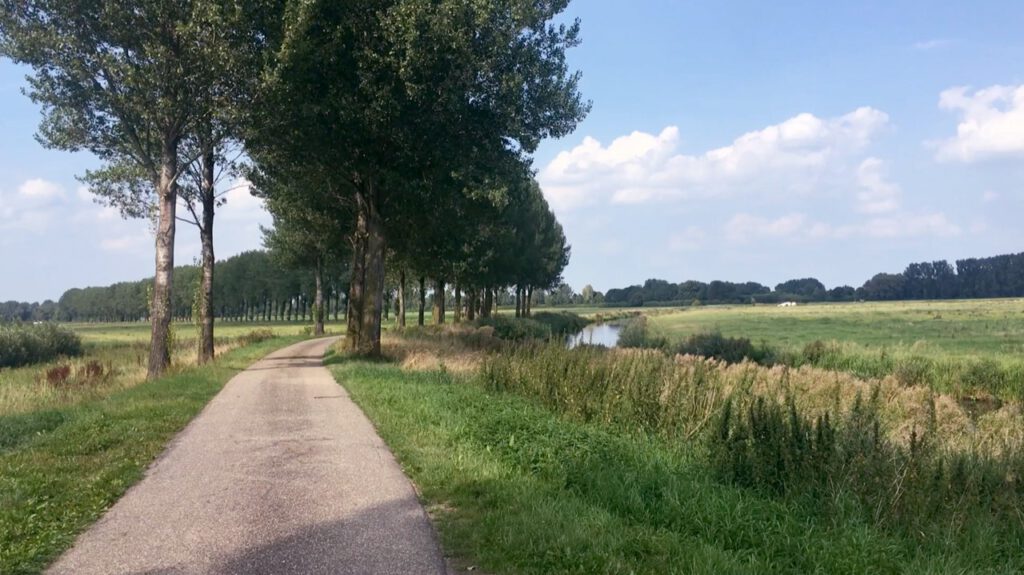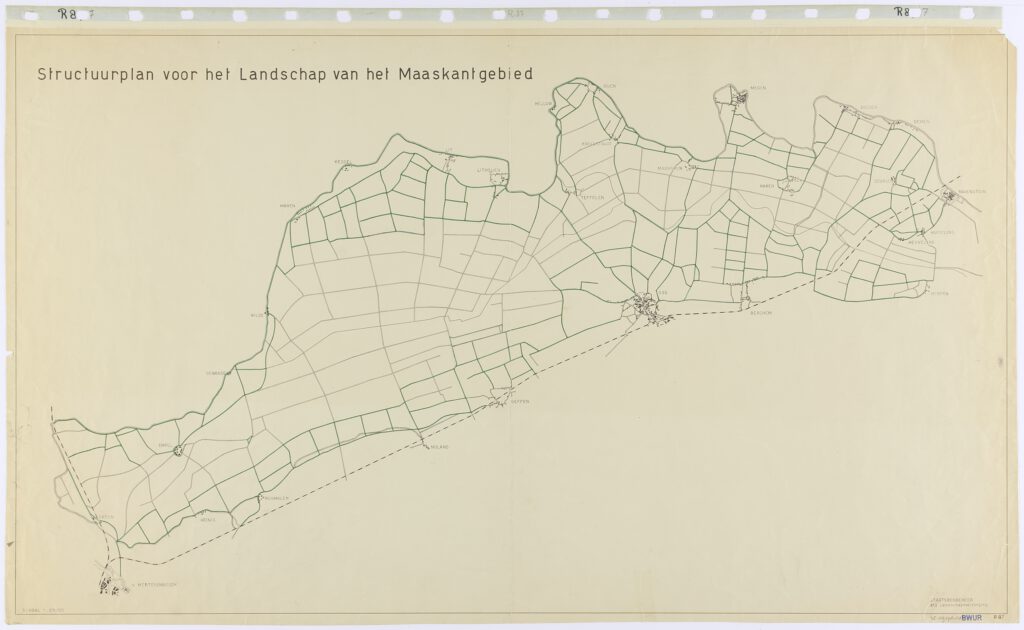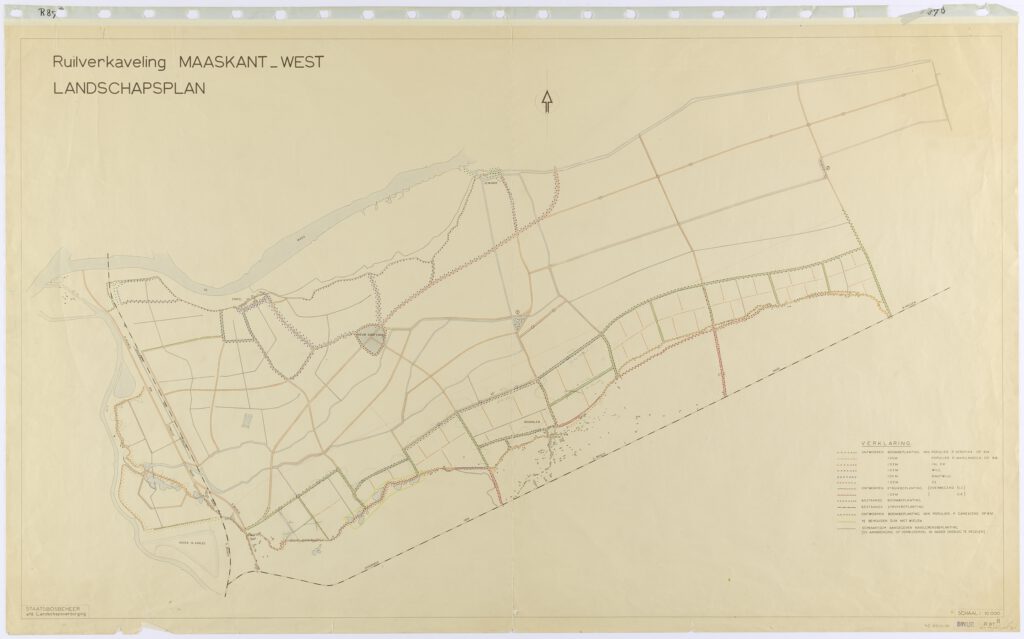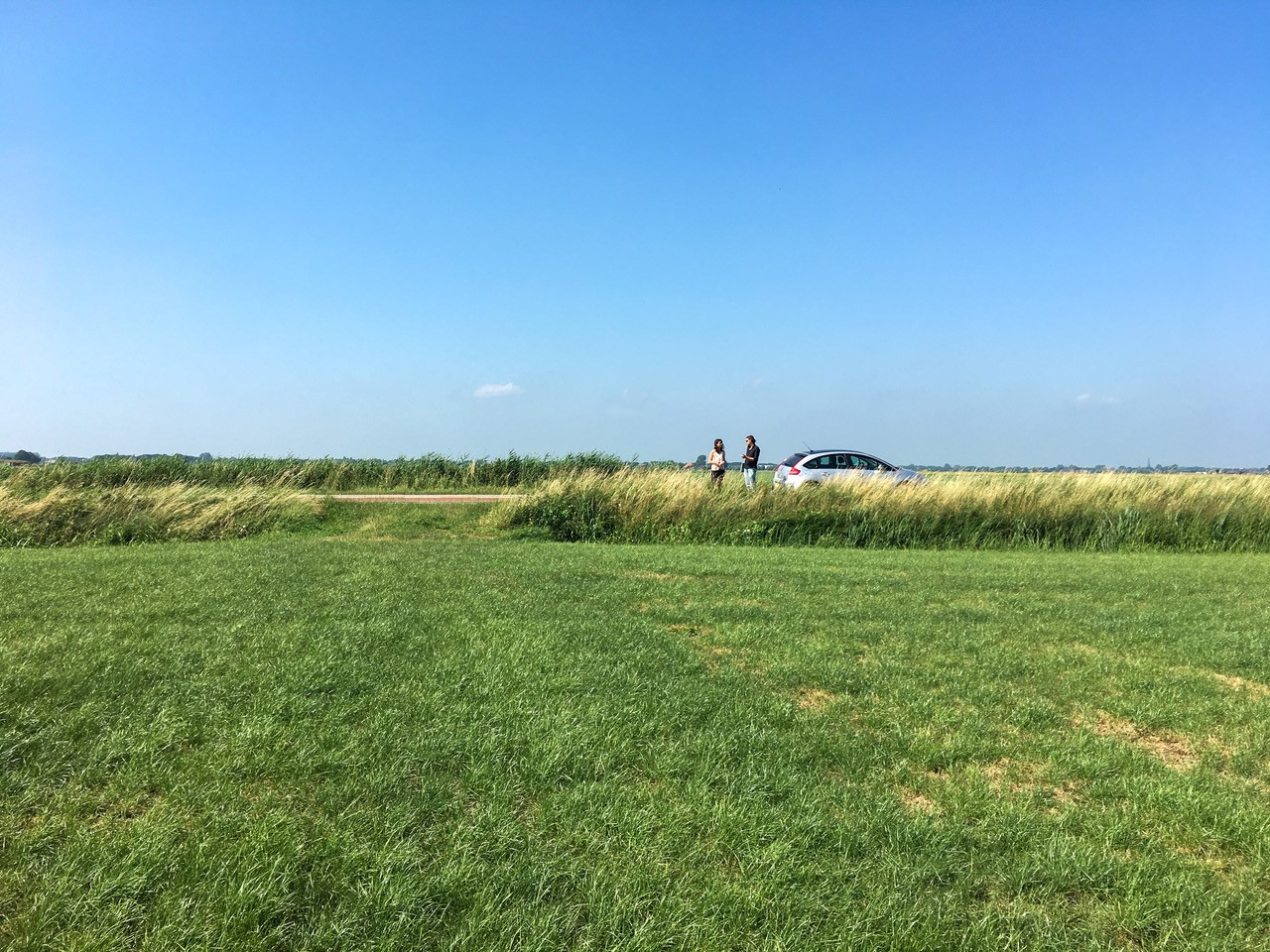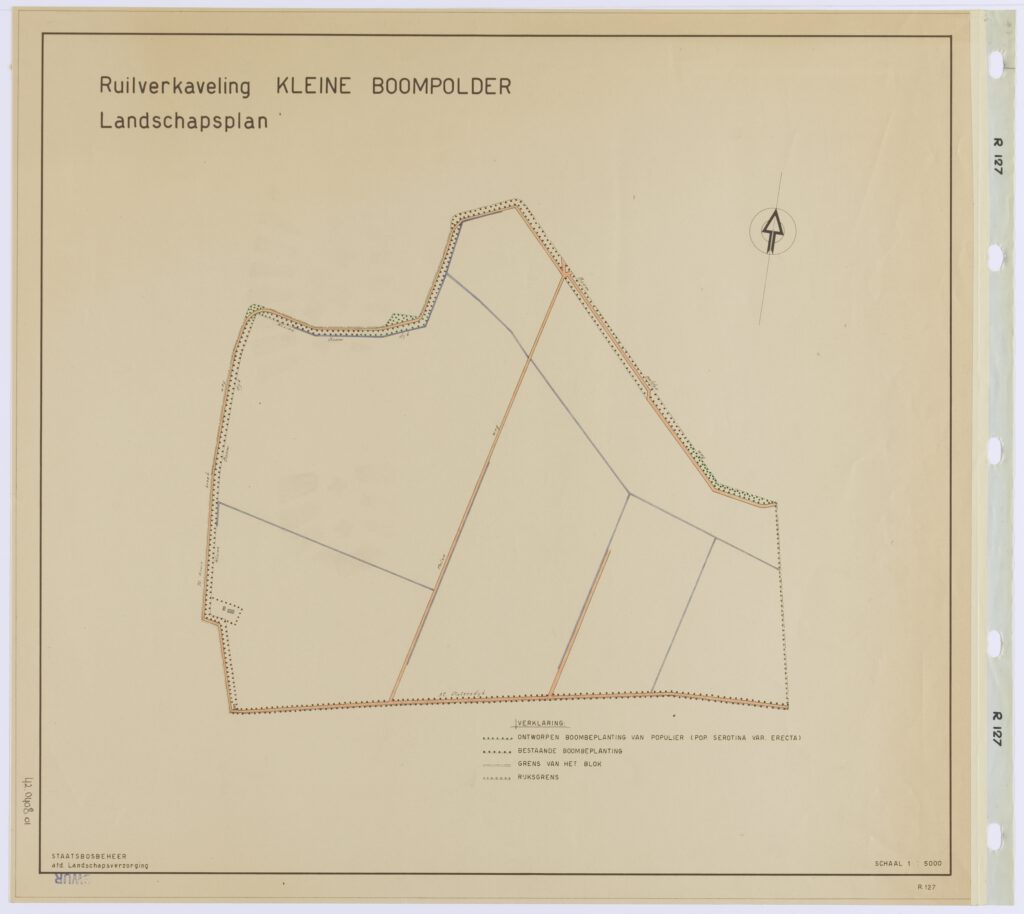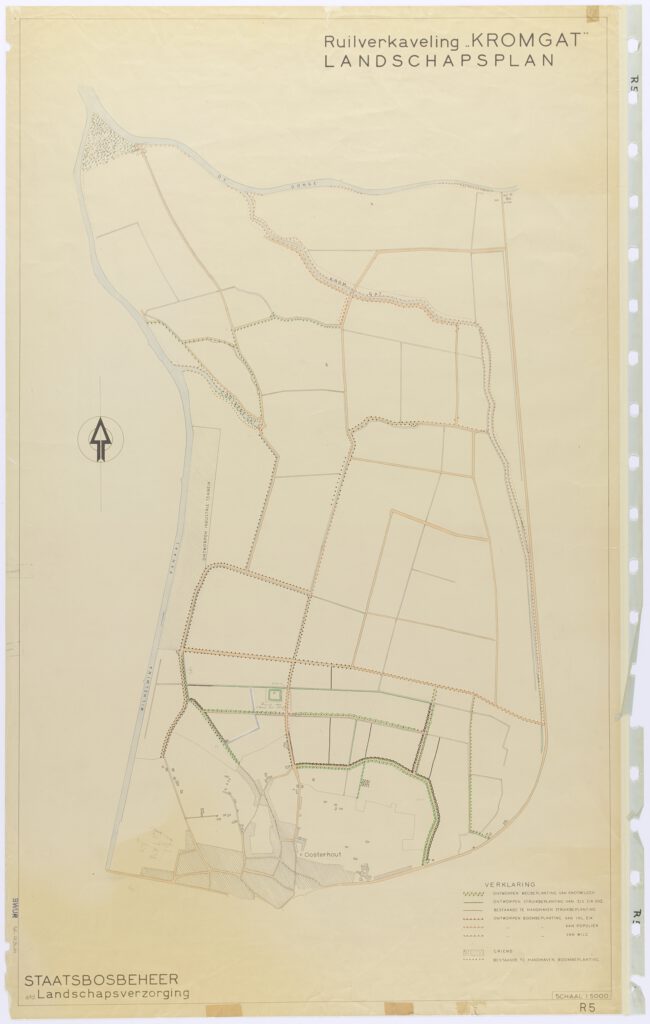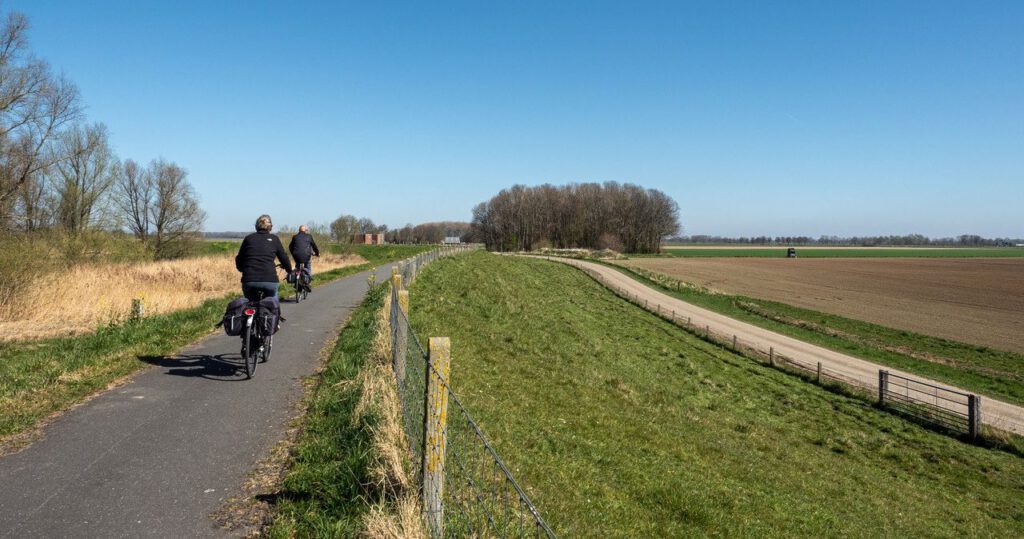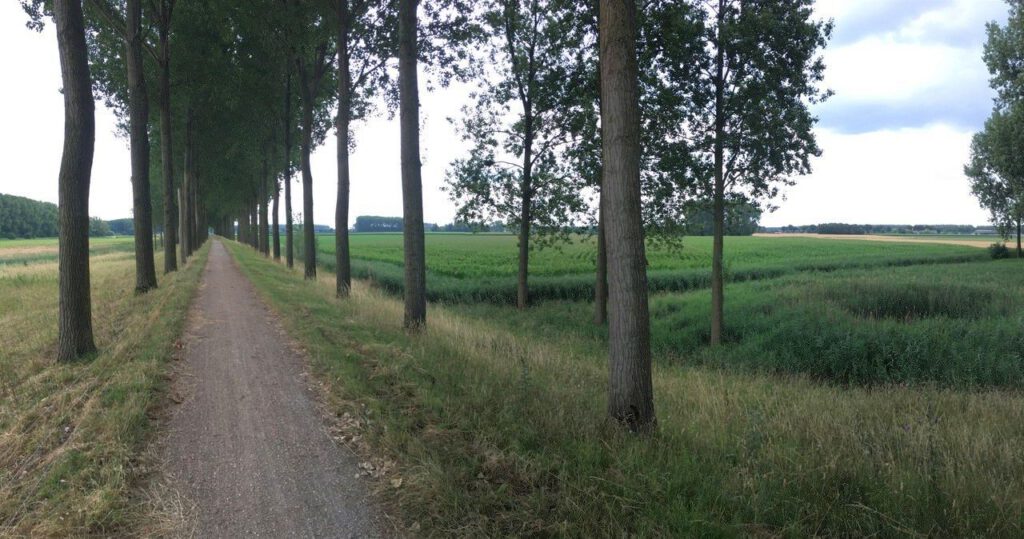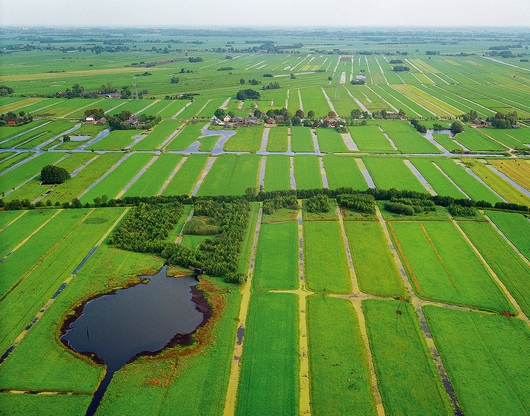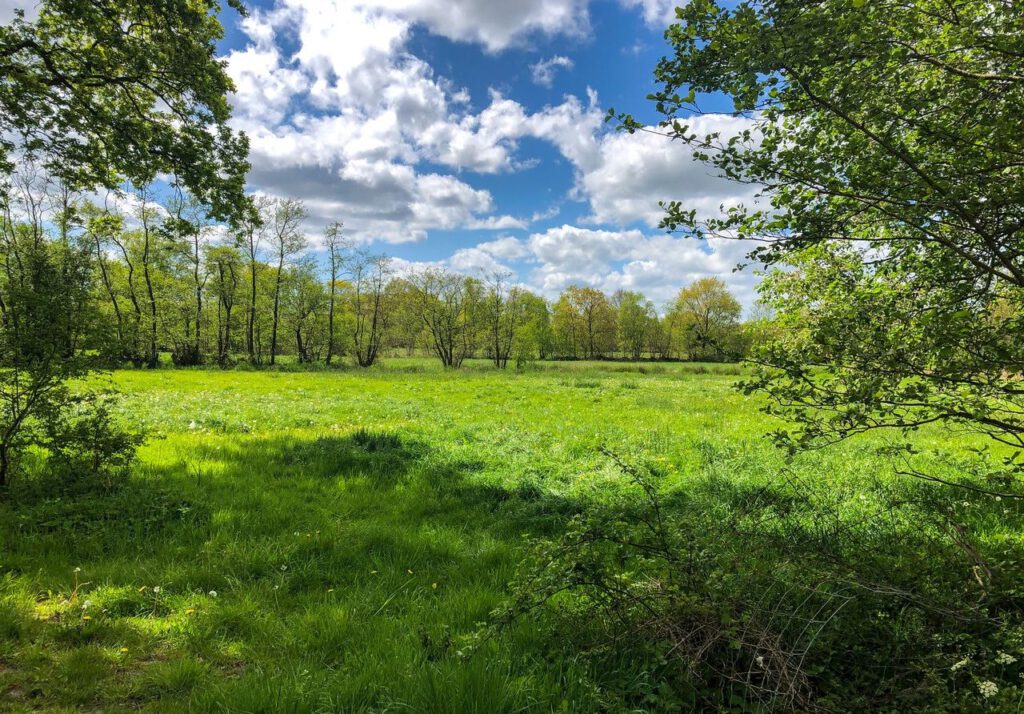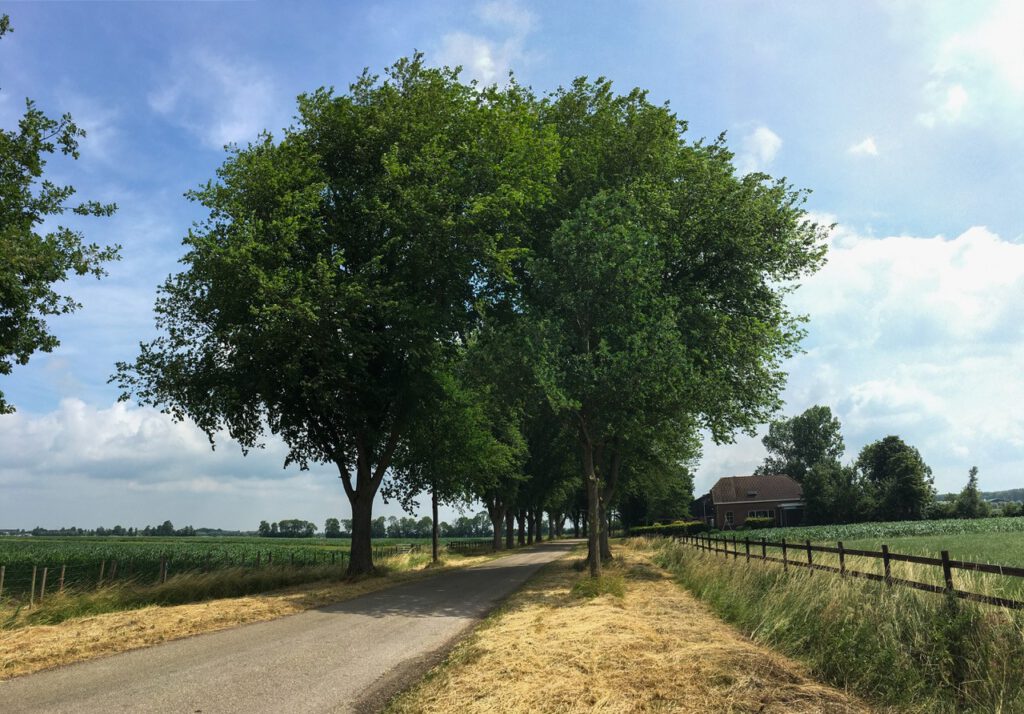Introduction
This digital exhibition is a spinoff of the exhibition Dutch Landscape Designed: 1946-1954.
Now that topics such as nitrogen reduction, climate change and the transition of rural areas are the focus of attention, the discussion about a new design of the landscape is highly topical.
From 1946 to 1976, a small group of landscape designers created more than 450 landscape plans for the Netherlands. Together, these plans cover almost 70% of the Netherlands. The landscape plans are part of the Staatsbosbeheer Collection of Wageningen UR – Library and have been kept at the Special Collections for over 25 years. The exhibition focusses on the early years of the land consolidation.


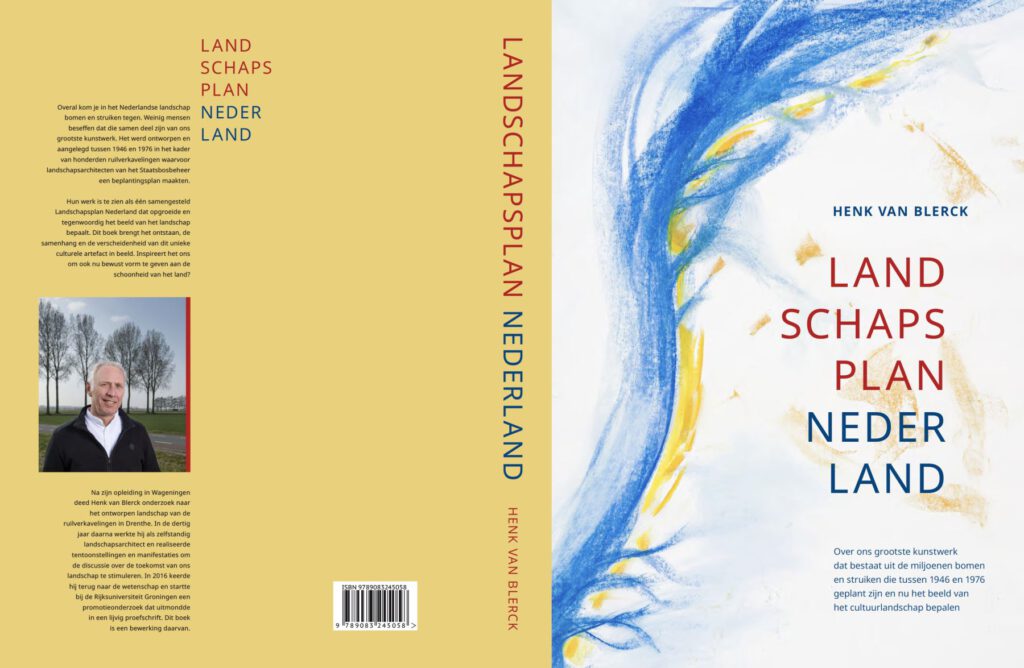
Guest curator Henk van Blerck obtained his doctorate in May 2022 for his research into the “Netherlands Landscape Plan”. His work is primarily based on the Staatsbosbeheer Collection. In his PhD thesis he concludes that the beauty of the varied Dutch cultural landscape was the main motivation for its designers and that they designed the landscape with a visionary approach on a national scale.
The characteristics of different landscape types formed the basis of the landscape plans. The online exhibition provides information on each landscape type and shows photographs of the landscape itself.
The founding and work of the Landscape Care Department of Staatsbosbeheer (Forestry Commission) is also highlighted.
As is the role of the various disciplines and professors of the Landbouwhogeschool in the development of the landscape plans for the land consolidation program.



